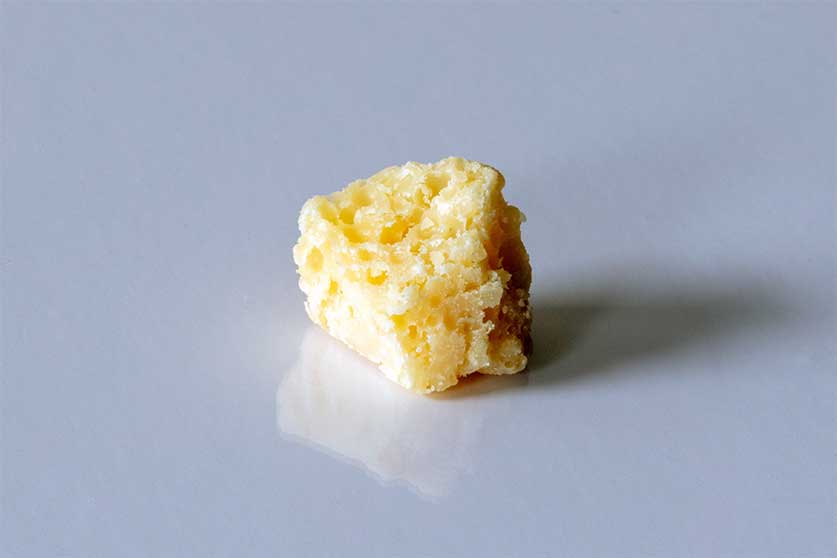Understanding The United States Crack Epidemic

Medically Reviewed By: Kimberly Langdon, M.D.
The U.S. crack epidemic was a decade of increased crack cocaine use that began in the early 1980s. Policies to reduce the supply and use of crack cocaine in the U.S. had mixed results.

The United States crack epidemic was a period of increased crack cocaine use, as well as the societal, public health, and economic repercussions around said use. The crack epidemic spanned from the early 1980s to the early 1990s.
The emergence of this potent form of cocaine can be linked to a rise in both imported and domestic crack cocaine supply, the low price of the drug, and socioeconomic conditions that encouraged rates of crack cocaine use.
The U.S. crack epidemic resulted in policies and crackdowns on drug use and supply, also known as the war on drugs. This set of policies may have disproportionately affected low-income, inner-city minorities who still feel its repercussions in the 2020s.
The Emergence Of Crack Use In The United States
According to the U.S. Drug Enforcement Administration (DEA), underground labs producing crack cocaine originated from South America and the Caribbean in the early 1980s.
Miami was the first hub of crack cocaine production in the U.S., spreading throughout the 1980s to other parts of the country.
From 1985 to 1990, cocaine use in the U.S. had declined from about 12.2 million to 6.2 million. However, the frequency of use among people who took cocaine increased over this timespan, while supply of crack cocaine in the U.S. also increased.
Reports from the early 1990s listed the price of street crack at around $5 to $10 per 100 mg dose, or “rock.”
The low price of crack cocaine, coupled with its intense high and short duration of effects, may have encouraged repeated use of crack cocaine in a short amount of time—a characteristic of habit-forming drug use.
Washington, D.C. Addresses The Crack Epidemic
Starting in the mid-1980s, the Reagan administration launched a number of operations to reduce the supply and usage of crack cocaine in the United States, known as the war on drugs. Crackdowns began on foreign cocaine suppliers and drug cartels.
The Anti-Drug Abuse Act of 1986 was passed by Congress, authorizing $6 billion in law enforcement, harsher criminal penalties, and treatment programs around drug abuse.
Demographics Affected By The Crack Epidemic
While the DEA claimed its efforts to combat the crack cocaine epidemic were successful, drug dealers selling crack may have disproportionately targeted inner-city minorities.
By this time, a number of socioeconomic factors may have led to higher concentrations of inner-city, low-income minorities, especially African Americans.
Crack cocaine use among inner-city black communities may have been high during this time period. As a result, these communities may have suffered from higher upticks in violent crime due to the effects of crack cocaine.
Policies such as the Anti-Drug Abuse Act of 1986 may have disproportionately affected African American communities as well.
Aftermath Of The Crack Epidemic
Post-epidemic discussions on the crack epidemic argue that black communities were disproportionately targeted by law enforcement.
Instead of offering relief and understanding of drug addiction, young black males were victims of mass incarceration due to their drug use, depriving them of the resources they needed to escape their situation.
One focus of the Anti-Drug Abuse Act of 1986 was its criminal justice disparities. The mandatory minimum sentence for 5 grams of crack cocaine possession was 5 years. Possession of 500 grams of powder cocaine resulted in the same minimum sentence.
This disparity was believed to target African American communities, where rates of crack cocaine use were high.
Some studies suggest that systemic violence in inner-cities such as New York City, Los Angeles, and Philadelphia may have been encouraged by the effects of widespread crack cocaine use. This pattern of systemic violence and poor quality of life likely continues today.
Treating Crack Abuse Today
Today, there is a renewed focus on crack cocaine abuse and other forms of drug abuse as a mental health issue, as opposed to a criminal act that warrants incarceration. The Fair Sentencing Act of 2010 reduced mandatory minimum sentences for crack cocaine possession.
Instead of imprisoning, punishing, and depriving victims of drug abuse, treatment programs can offer the necessary resources and a safe environment for recovery.
To find out if our inpatient crack cocaine addiction treatment program works for you and your loved one, please contact us today.
- Drug Enforcement Administration — The Drug Enforcement Administration (DEA) 1985-1990 https://www.dea.gov/sites/default/files/2018-07/1985-1990%20p%2058-67.pdf
- Journal of Psychoactive Drugs — The Setting for the Crack Era: Macro Forces, Micro Consequences (1960-1992) - PMC https://www.ncbi.nlm.nih.gov/pmc/articles/PMC2761228/
- Journal of Sociology and Social Welfare — The Severely-Distressed African American Family in the Crack Era: Empowerment is not Enough https://www.ncbi.nlm.nih.gov/pmc/articles/PMC2565489/
- U.S. General Accounting Office — HRD-91-55FS Drug Abuse: The Crack Cocaine Epidemic--Health Consequences and Treatment https://www.gao.gov/assets/hrd-91-55fs.pdf
- The Washington Post — The Fair Sentencing Act corrects a long-time wrong in cocaine cases https://www.washingtonpost.com/wp-dyn/content/article/2010/08/02/AR2010080204360.html

